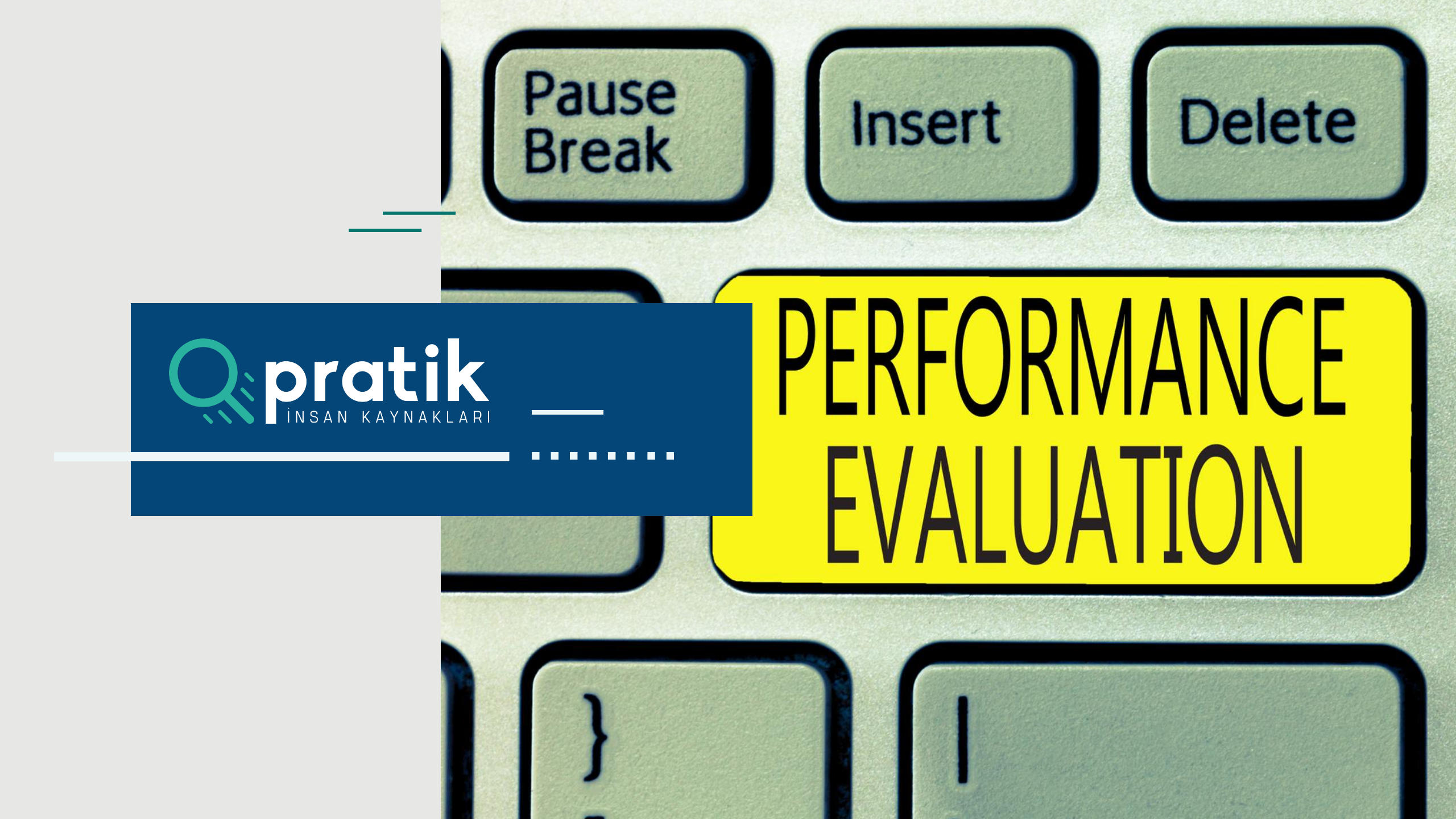Conducting performance evaluations is an important aspect of effective performance management for any successful organization. These reviews offer employees the opportunity to give feedback on their work and identify areas for improvement. There is no one-size-fits-all approach to performance assessments, and the best method will depend on the company’s needs and goals.
Staff Assessment
Performance appraisal is the process of evaluating an employee’s job performance over a certain period of time. The purpose of performance appraisal is to provide feedback to the employee on their performance, identify areas for improvement, and set targets for the future. While performance appraisals are not legally required, they are a valuable tool for supporting the development and performance of your staff.
What is the difference between personnel evaluation and performance review?
In general, the terms “staff review” and “performance review” are interchangeable and refer to the process of evaluating an employee’s performance by their employer. Some HR professionals may argue that performance reviews are more centered on development, while staff reviews focus on achieving goals. However, for effective performance management, a combination of both approaches is necessary.
Why do employers need to conduct staff evaluations?
There are numerous benefits to conducting staff evaluations, including:
- Giving managers the opportunity to provide structured feedback to employees
- Helping employees understand expectations
- Providing a forum for employees or employers to raise concerns
- Identifying training or development opportunities
- Facilitating employee progress through goal setting
- Assisting managers in identifying promotions and salary increases
Overall, staff evaluations demonstrate that the company values its employees and is invested in their development. Regular performance reviews can also help strengthen the relationship between employer and employee through trust and mutual respect.
When should you do a staff assessment?
The frequency of staff evaluations varies among companies. While annual evaluations are traditional, some businesses find that this does not align with their modern work practices. Instead, they opt for quarterly evaluations to ensure that employees are making progress towards their goals. There are various approaches to conducting staff appraisals, and we’ve listed five of them below.
Management by Goals
Management by goals involves working with employees to set specific goals that must be achieved over a certain period of time. Performance is then evaluated based on the success of these goals. This approach can lead to promotions or salary increases for employees who meet their goals, or highlight the need for further training if goals are not met.
Critical Events Method
The critical events method involves a manager noting and recording an employee’s behavior as it relates to their job performance. This method is often used when assessing an employee’s readiness for promotion or identifying any training needs. By documenting critical events, a manager can gain a better understanding of an employee’s strengths and areas for improvement.
Checklist Method
To use the checklist method, a manager must complete a form that includes a list of statements about an employee’s performance, both positive and negative. If a statement is true, it is marked or flagged. If it is false, it is left unchecked. The form is then evaluated, and each statement is given a weight or importance level. The process is straightforward and easy to follow.
360 Degree Feedback
360-degree feedback involves gathering feedback on an employee’s performance from multiple sources, including their manager, coworkers, and customers. This approach offers a more well-rounded view of the employee’s strengths and areas for improvement and can help mitigate the potential for bias in the feedback process.
Human Resources (Cost) Accounting Method
The human resources cost accounting method involves assigning a monetary value to each employee by considering factors such as their skills, experience, and education. This value is determined by calculating the monetary benefits the employee provides to the company, taking into account their performance, and comparing it to the cost of retaining the employee, including overhead expenses. This method helps management understand the financial impact of each employee on the company’s performance.
Follow Pratik HR, an engineer recruitment agency in Turkey, for more content like this!

